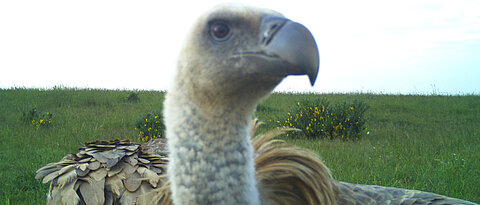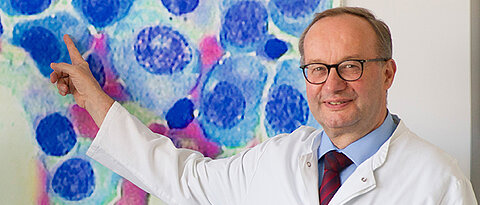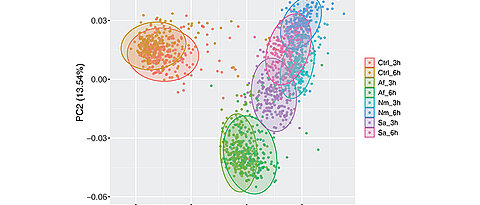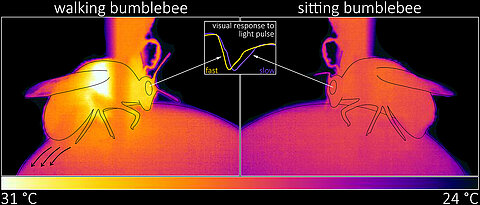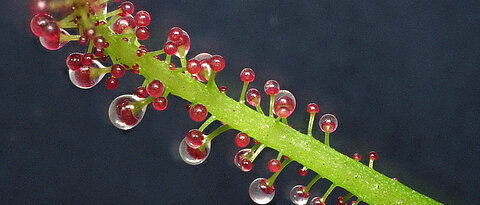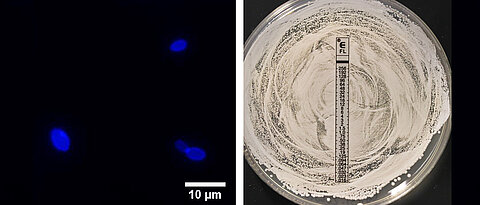A Magical Handbook for the Afterlife
07/09/2023
The Egyptian Book of the Dead provides unique insights into the religious life of ancient Egypt. A new handbook presents the current state of research. Co-editor is the Würzburg Egyptologist Martin Andreas Stadler.
more

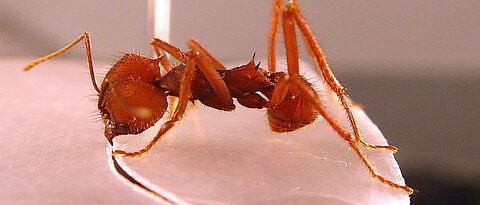



![[Translate to Englisch:] A young man wears an amulet with a magical text on a necklace in this mummy portrait from Imperial Egypt (150-200 AD). Photo: Getty Museum, Malibu.](/fileadmin/_processed_/c/f/csm_0628MagEIA-www-neu_ca5cf1ba80.jpg)
